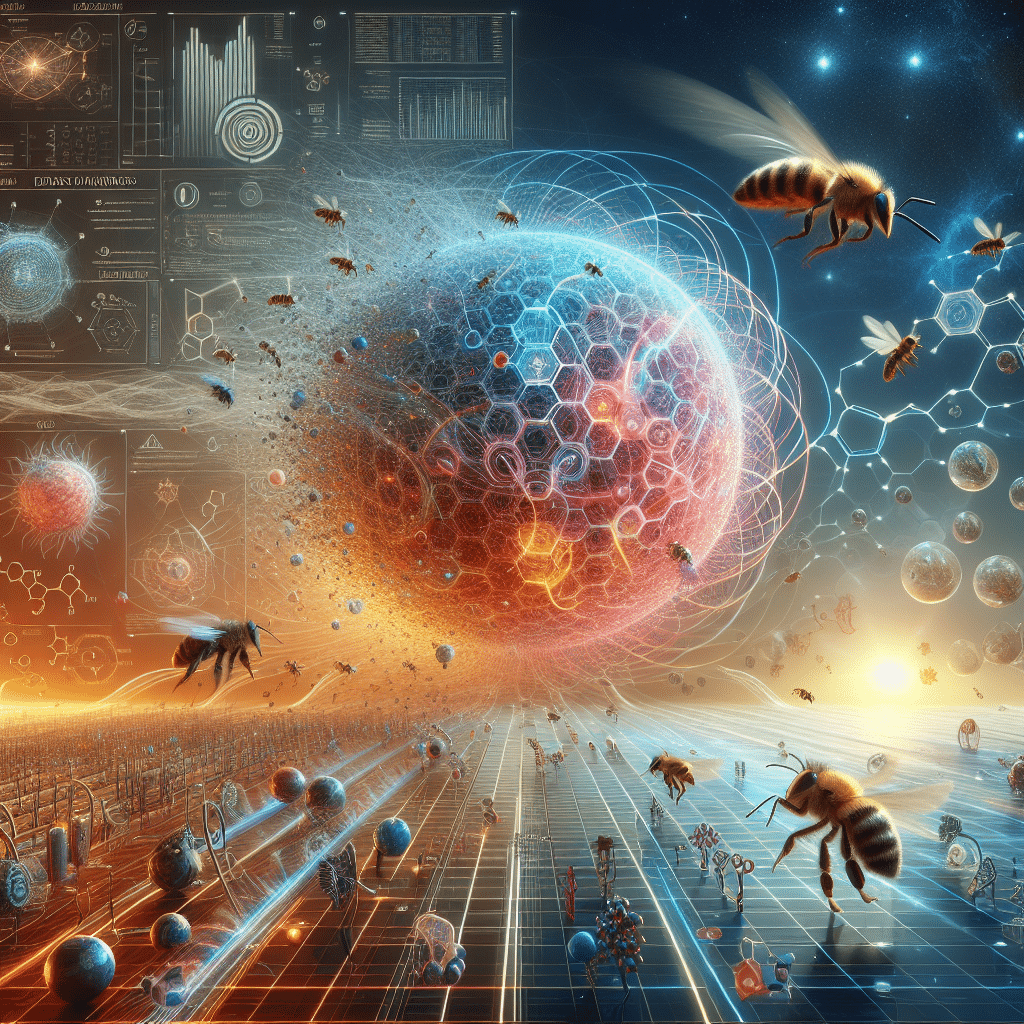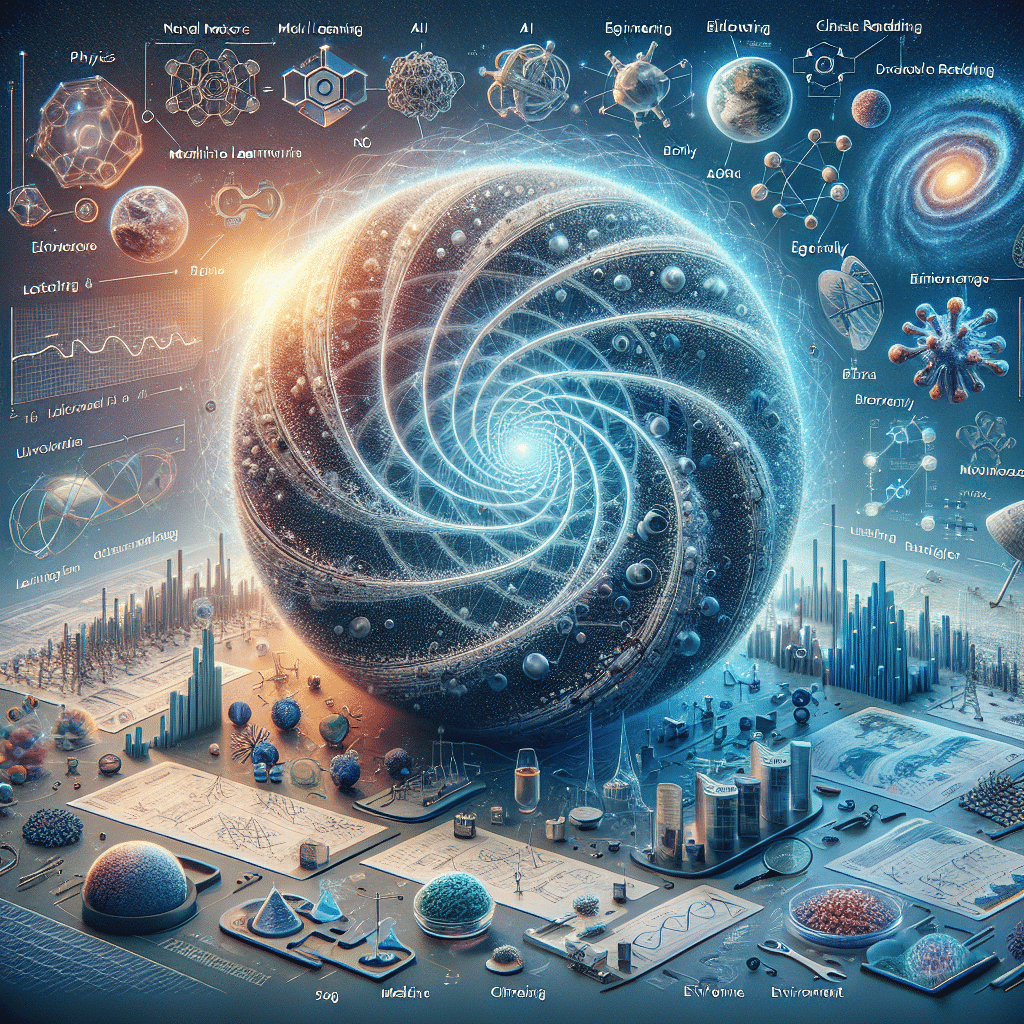Antigravity Drives in BeeTheory: Quantum Wavefunction Surfing Beyond Inertial Limits
Introduction
Antigravity propulsion is one of the most compelling frontiers in theoretical physics and advanced space travel. While conventional propulsion systems rely on Newtonian mechanics—action, reaction, and the consumption of massed fuel—BeeTheory introduces a radically different paradigm: quantum wavefunction surfing. This concept leverages gravitational oscillations as a means of motion, proposing that movement through space can be achieved without resisting inertial mass, and without expelling reaction mass. At the heart of this innovation lies the idea that gravity itself may not be a fundamental force, but rather an emergent interference pattern arising from quantum mechanical wavefunctions.



BeeTheory and the Emergence of Gravity
BeeTheory posits that gravitational effects are not intrinsic to spacetime geometry, as in general relativity, but emerge from coherent quantum wavefunction interference across vast quantum fields. In this framework, gravity is a macroscopic oscillation pattern resulting from synchronized quantum amplitudes rather than a curvature imposed by mass-energy.
Key Postulates
- Gravity is emergent, not fundamental.
- Mass is not a cause of gravity, but a consequence of localized wavefunction coherence.
- Inertial resistance arises from wavefunction entanglement with background vacuum states, not from intrinsic “mass”.
Quantum Wavefunction Surfing: Motion Without Mass Resistance
The core mechanism proposed for propulsion in BeeTheory is quantum wavefunction surfing. Instead of propelling mass against a resisting medium, this technique involves riding the oscillatory wavefronts of gravitational fluctuations created by massive and rotating celestial bodies.
Mechanism Overview
- Detection of Gravitational Oscillations
Spacecraft equipped with sensitive quantum interferometric sensors detect oscillatory wavefronts from spinning neutron stars, black holes, or rapidly moving mass distributions. - Wavefunction Alignment
The spacecraft’s internal quantum field configuration is dynamically adjusted to resonate with the detected gravitational phase structure. This resonance minimizes resistance from inertial mass effects. - Phase-Driven Displacement
Instead of mechanical thrust, the vehicle “falls forward” along geodesics that emerge from constructive interference between the craft’s local wavefunction and the external gravitational wavefield. - Massless Acceleration
Because this method bypasses traditional mass-inertia coupling, movement is achieved without fuel expenditure, avoiding the relativistic limitations of mass acceleration.
Analogies
- Like a surfer riding a wave, the spacecraft adjusts its quantum configuration to synchronize with spacetime oscillations.
- This process transforms gravity into a navigable energy landscape rather than a binding force.
Implications for Space Travel
1. No Fuel-Based Propulsion
The reliance on quantum resonance rather than momentum exchange means missions could forgo massive fuel payloads. Instead, craft operate by manipulating internal quantum states via energy-efficient field modulations.
2. Bypassing Relativistic Constraints
Traditional propulsion systems are limited by the relativistic increase of mass with velocity. However, since quantum surfing in BeeTheory decouples from mass-inertia constraints, such barriers could, in theory, be surpassed—paving the way for high-velocity interstellar travel.
3. Enhanced Payload Capacities
Without the need to carry fuel or traditional thrust components, spacecraft can allocate more of their mass budget to scientific instruments, habitation modules, or other mission-critical payloads.
Theoretical and Experimental Challenges
Despite its conceptual elegance, quantum wavefunction surfing and antigravity propulsion remain deeply speculative. Several barriers must be overcome before such drives could become viable:
Quantum Gravity Unification
- BeeTheory operates under the assumption of a unified quantum model of gravity.
- This remains an unsolved problem in physics, although efforts in loop quantum gravity, string theory, and emergent spacetime models are closing the gap.
Exotic Matter Manipulation
- Surfing gravitational wavefronts may require manipulating exotic quantum fields or forms of matter with negative energy densities—phenomena not yet observed or controlled.



Technological Limitations
- The necessary quantum coherence and sensitivity needed for wavefunction alignment far exceed current technological capabilities.
- High-resolution quantum gravitational sensors, phase-locking field generators, and nonlocal entanglement stabilizers would need to be developed.
Philosophical and Scientific Relevance
The BeeTheory approach to antigravity not only holds implications for propulsion technology, but also invites a rethinking of gravitational ontology:
- If gravity is a wavefunction interference phenomenon, then space, time, and inertia are emergent features—not primitives of the universe.
- This reconceptualization could offer new solutions to paradoxes like the black hole information problem, or unify entanglement with cosmological structure formation.
Moreover, the notion of motion without resistance breaks the classical
